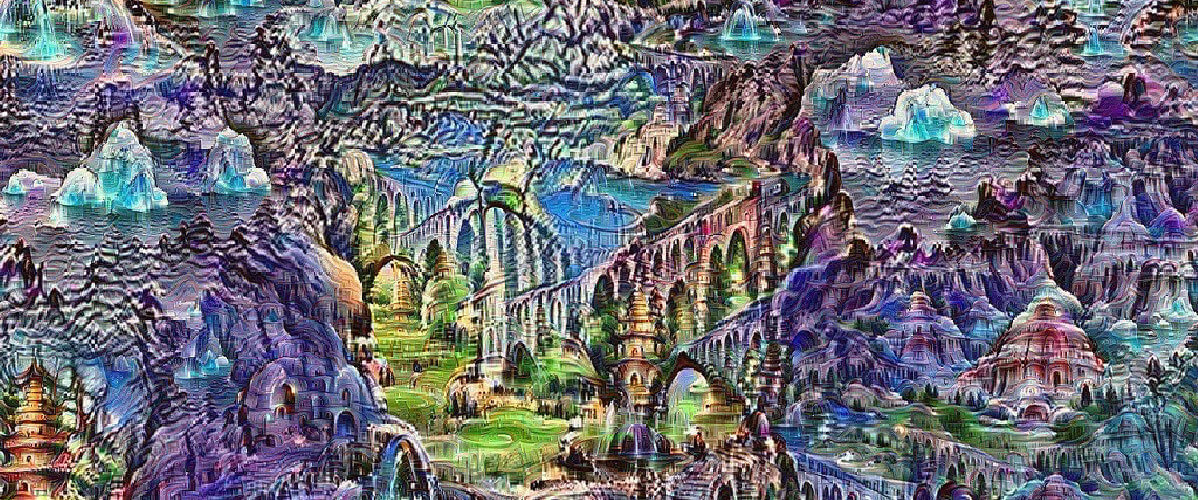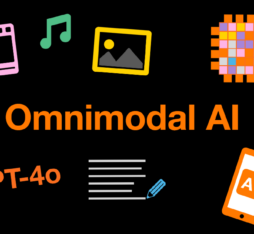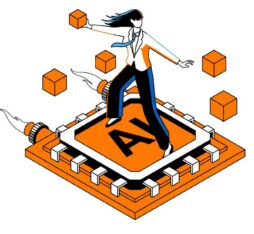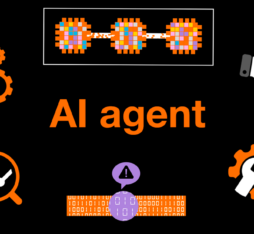From the creation of works of art to their valuation, through reproduction, AI is penetrating many activities linked to art.
- Following in the footsteps of Midjourney and Stable Diffusion, numerous generative AI tools have emerged to facilitate the creative process bringing with them new ways to produce works of art.
- In photography, the visual arts and even in music, AI tools, in some instances enhanced by computer vision and robotics, are increasingly playing an essential role in boosting creativity.
- The merits of artificial intelligence extend beyond its usefulness in artistic production with the latest tools also making an important contribution to the restoration and reconstruction of centuries-old works that that have been lost or irreparably damaged.
In April 2023, German artist Boris Eldagsen sent shockwaves through the world of photography. The winner of the Creative category of the prestigious Sony World Photography Award refused to accept his prize for a surprising reason: his haunting 1940s style, black and white portrait of two women from different generations was not in fact a photograph, but an image generated by artificial intelligence. “I wanted to test to see if the world of photography was ready to manage the intrusion of AI in international competitions. Clearly, it is not,” he explained. The event which astonished the artistic community speaks volumes about the creative capacities of AI, definitively demonstrating that the world of art has not escaped the tidal wave of change ushered in by artificial intelligence. Today’s algorithms have now shown that they can not only write poems, but also compose music and even produce paintings with help from robots.
https://www.instagram.com/p/CrByacyId2z/?utm_source=ig_embed&ig_rid=3bf660da-c8a2-4ac1-a451-9577751e28f6
Achieving a striking result that meets your expectations requires a creative process that can take hours even if it is obviously not the same.
Another approach to creativity
At a time when generative AI is increasingly in the spotlight, notably thanks to the mass adoption of ChatGPT, dedicated AI tools designed for artistic creation are becoming increasingly popular, among them Stable Diffusion, Midjourney, Dall-E 2 and Adobe’s Firefly. However, creating an image using a computer is not as simple as snapping your fingers: to achieve a striking result that meets your expectations requires a creative process that can take hours even if it is obviously not the same as previous ones. “There’s no separating ideas and execution,” explain Nir Eisikovits, a professor of philosophy and the director of the Applied Ethics Centre at University of Massachusetts, and Alec Stubbs, a doctor of philosophy at UMass Boston in their article in The Conversation. Nevertheless, technical innovation is offering artists more space to concentrate on concepts and the messages they wish to convey, rather than on technical difficulties and time constraints.
In 2018, three French students from an arts-collective named Obvious produced a painting entitled The Portrait of Edmond de Belamy using an algorithm that identified common features in 15,000 works from the 14th to the 20th centuries. The painting auctioned by Christie’s in New York sold for a whopping $432,500.
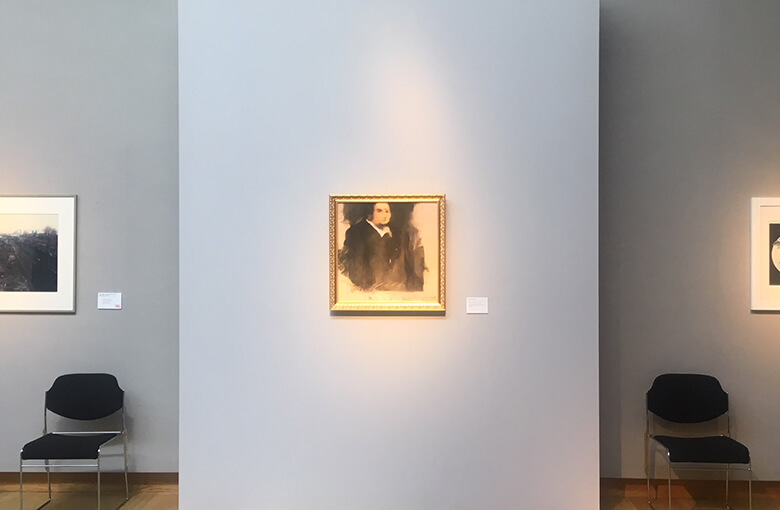
Other examples are the Google paintings that came out of deep learning technologies and the world’s visual diversity taken from the internet. Let’s also mention The Next Rembrandt experiment, carried out in 2016 by Microsoft, which consisted in training a machine to paint just like the Dutch master.
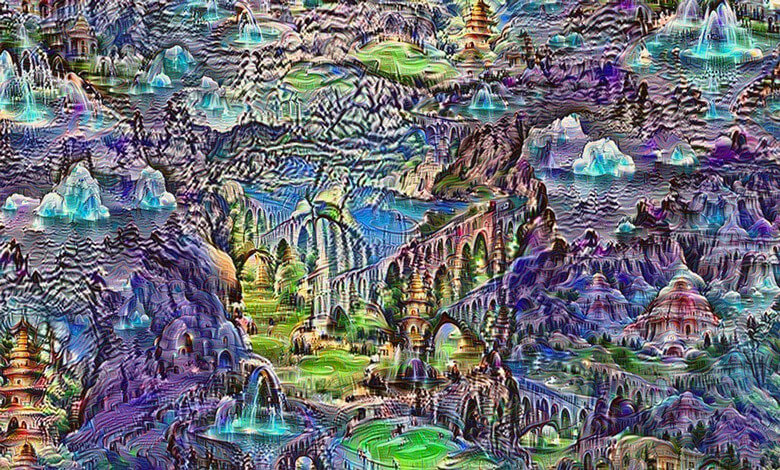
In an even more surprising development, Carnegie Mellon University has published results of a multidisciplinary experiment in which, FRIDA, an AI-powered, robotic arm with a paintbrush taped to it collaborates with humans to produce works of art. “Users can direct FRIDA by inputting a text description, submitting other works of art to inspire its style, or uploading a photograph and asking it to paint a representation of it. The team is experimenting with other inputs as well, including audio,” explains the university blog.
AI poems, scenarios and musical compositions
In poetry, AI has been making waves ever since Google researchers fed a neural network with 11,000 unpublished books and created a machine capable of generating transitions between suggested opening and closing sentences back in 2016. In the same year, 20th Century Fox called on IBM’s supercomputer Watson to come up with a trailer for its film Morgan using an algorithm that had been fed with 100 horror film trailers cut into separate moments and scenes. However, the machine did not do all the work: it simply recommended extracts of the film to be included in the trailer, while a human editor was still needed to patch the scenes together to tell a coherent story. In a further example, the Benjamin algorithm developed by film director Oscar Sharp and researcher Ross Goodwin, which was fed with dozens of science fiction film and television scripts, created the screenplay for the short film Sunspring.
AI has also attracted controversy in the field of musical composition. In May 2023, Google caused a stir with Music ML, an application that creates music from written commands or prompts, like “rock-inspired meditation music”. A few months later, it also became possible to legally make use of the cloned voices of real artists when DJ Fresh launched Voice-Swap in July, The controversial platform allows users to make use of cloned voices in exchange for real license payments for monetized content.
Numerous start-ups are producing computer programmes with the capacity to generate music and include it in multimedia projects. MatchTune, formally known as Muzeek, has created an AI-based musical marketplace that allows users to create soundtracks for their videos using royalty free music. For its part, Sony’s Computer Science Laboratory (CSL) has developed the algorithm Flow Machines, which notably crunched 1,300 scores of songs by the Beatles and other bands of the 1960s to create music in the style of the Fab Four. Last but not least, we should also mention Taryn Southern’s 2018 album, I am AI, which was entirely composed using artificial intelligence.
Artificial intelligence brings artworks back to life
Advanced data capture techniques that reveal a host of minute details in existing fragments, which are often invisible to humans, can be coupled with AI-powered neural networks with the capacity capture an artist’s style and create missing pieces used restore damaged or lost artworks. In a notable project in 2021, researchers made use of deep learning to bring to life The Lonesome Crouching Nude, a Picasso image that had been hidden under another painting by the Spanish master when he recycled a canvas. Deploying a similar technique in tandem with robotics, the European RePAIR (Reconstructing the Past with Artificial Intelligence and Robotics) project is also using AI to reconstruct ancient frescos in Pompei.
Closely tied to human expertise, the use of artificial in intelligence in creative processes is still in its infancy. Although it must still overcome a problematic relationship with copyright law, it is already offering new perspectives to today’s artists who are continually seeking new sources of inspiration.

